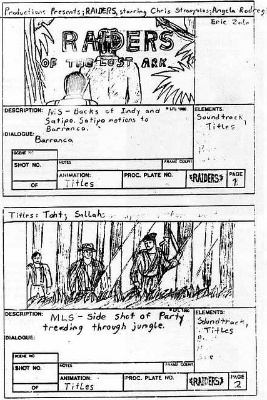If NaNoWriMo Writers Are the Hare, What About the Tortoise?
Biff Barnes
We’re a third of the way through National Novel Writing Month? It’s estimated that approximately a half-a-million people are banging away at their computers to knock out the first draft of a novel.
The annual event might be well advised to make Nike’s famous slogan “Just do it!” the month’s theme.

Pulp mystery writer Mickey Spillane could be its poster boy. I once saw Spillane on the Tonight Show. Johnny Carson asked him how long it took him to write a book.
“Depends on how bad I need the money,” said Spillane.
“What's the fastest you ever wrote one,” asked Johnny.
“I wrote one over a three-day weekend once,” he replied.
So it can be done, if you're skilled and experienced, not to mention highly motivated.
Most of the NaNoWriMo participants are more likely guided by the belief that best-selling author Anne Lamott got it right in her book Bird By Bird: Some Instructions on Writing and Life. where she devoted a chapter to Shitty First Drafts. “All good writers write them,” advises Lamott. “This is how they wind up will good second drafts and terrific third drafts.”
Fair enough! But like almost everything else in writing it may not be true for everyone.
Novelist Emily Wenstrom in a recent post on The Write Practice recalls whipping through a first draft only to find that
…when I went back to look at it, I realized something. I’d just poured countless hours into getting my story down, but it still lacked critical pieces of backstory, character development, even some plot structure.
I had a ton of work ahead of me. It took longer to go back and address these issues than it would have to think things through in the first place.
How might you avoid this kind of epiphany?
Albert Zuckerman, a literary agent and book doctor whose clients have included best-selling thriller novelist Ken Follett, scientist Stephen Hawking, and Michael Lewis of Moneyball fame advised in his book Writing the Blockbuster Novel, “Every mega-book with which I’ve been involved was planned and re-planned and planned again, much the way architectural drawings are continually revised.”
 Image courtesy of True False Snapshots on Flickr under Creative Commons
Image courtesy of True False Snapshots on Flickr under Creative Commons
There are many ways to plan before you begin to draft your book whether you are writing fiction or nonfiction. Here are three of the most popular:
Create an Outline - No this doesn’t mean the kind your junior high school teacher assigned you. It’s simply a process of organizing main ideas or events into scenes or chapters and creating a list of details to include, ideas to explore or themes to develop in the scene or chapter.
Write a Synopsis – This is literally a condensed version of your book. It will include every idea, detail or event you intent to include when you are ready to begin writing your draft. The synopsis of a full length book can often run several pages. Take a look at the synopses Ken Follett developed prior to writing his best-seller The Man From St. Petersburg. Al Zuckerman included them in Writing the Blockbuster Novel.
Storyboard Your Book – Borrow a graphic organizer from script writing to plan your book. Incorporate a series of visuals of scenes and text to guide yourself as you create a draft. Take a look at the online tool StoryboardThat to help you do it. It’s sort of like creating a graphic novel as an outline.
While we all want to get our books written as quickly as possible, you may find that taking some time on the front end to plan before you write will save you time in the long run and produce a better draft.